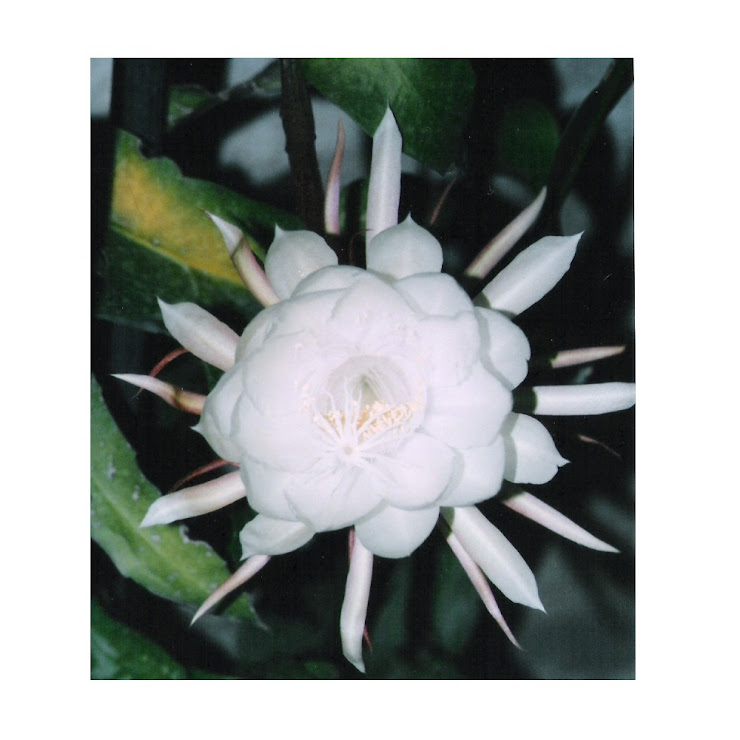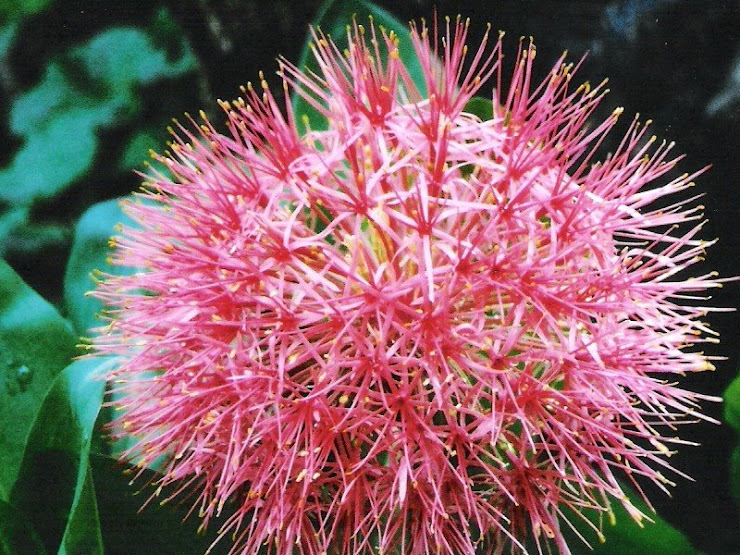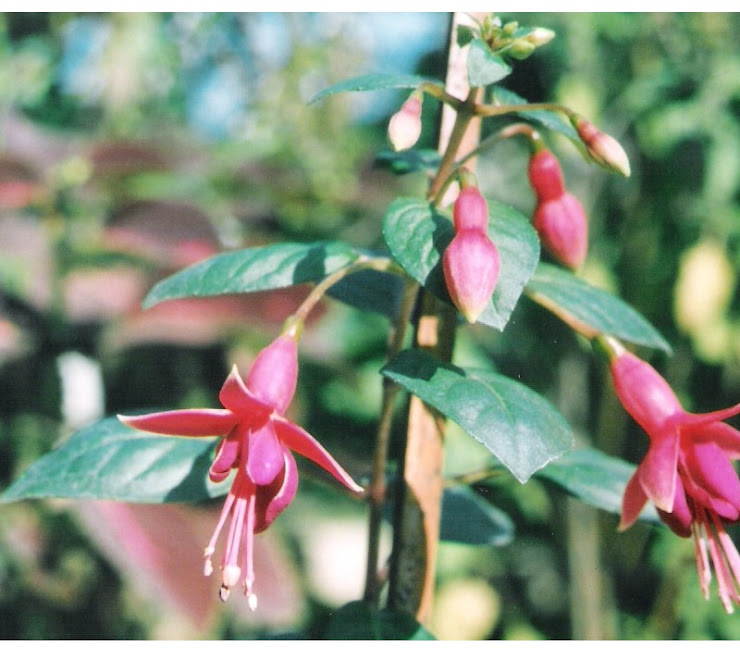PINCHING
HERBS MAKE THEM FULLER
Basil and
other herbs are wonderful additions to the garden even if you
never use them in cooking. They add a variety of textures and scents, and their
flowers will draw flocks of butterflies and bees. But regular pruning and pinching will
give them a nicer shape and a fuller habit, and
once you start nibbling and experimenting with what you’ve pinched, you’ll
appreciate your herbs all the more!
Plants
that are not pinched back will start blooming. Once herb plants produce flower
buds, the flavor of the leaves gets bitter. If you’re growing Thai basil simply because you love the big heads of purple
flowers, or if you’re growing 'Lime' basil for its wonderful aroma alone, then
flowers are fine. But if you want to use your herbs in the kitchen, it’s
important to keep them from flowering.
When you harvest your herbs, don’t be shy. Your goal is to prune back the stems, not just to pick off individual leaves. Herbs are very forgiving, and as long as you do not pinch them right down to the ground, you really can’t pinch them too much or too often. Pinching herbs is not a delicate art!
Pruning herbs doesn’t require special tools. You can pinch herbs with your fingers, using your thumbnail and fingernail to cut through the stem. Pinching basil can put a startlingly dark stain on your fingertips. You might want to use scissors to snip the stems.
When you harvest your herbs, don’t be shy. Your goal is to prune back the stems, not just to pick off individual leaves. Herbs are very forgiving, and as long as you do not pinch them right down to the ground, you really can’t pinch them too much or too often. Pinching herbs is not a delicate art!
Pruning herbs doesn’t require special tools. You can pinch herbs with your fingers, using your thumbnail and fingernail to cut through the stem. Pinching basil can put a startlingly dark stain on your fingertips. You might want to use scissors to snip the stems.
For basil, the idea is to leave one or two pairs of leaves per branch. If you look at the base of the leaves where they meet the stem, you will see tiny pairs of new leaves forming. When you pinch through the stem just above this point, each pair of leaves will soon turn into a new branch. When that new branch has two or three sets of new leaves, pinch it again. The plant will get bushier with each pinching, and you’ll get a larger harvest each time. By the end of the season, you could be picking enough basil for a batch of delicious pesto from just one or two plants.
If your
basil plants are leggy and blooming now, does that mean you’ve missed your
chance at a tasty harvest? Prune the plants back hard, so just one set of
leaves remains above the major branch points. The plant will produce new
growth, and the flavor of the leaves on the new branches will be perfect. There’s
no need to harvest the leaves when they are tiny, either. Baby spinach leaves
may be a delicacy, but larger basil leaves have wonderful flavor as long as the
plant is not allowed to bloom. And letting the leaves get larger means you’ll
have that much more fresh basil to enjoy.
Pinching to control flowering is also useful if you plan to save seeds. Basil often comes true from the saved seeds regardless, but cross-pollination can happen if you’re growing more than one variety. You can isolate varieties by planting them on opposite sides of your garden. Or, you can isolate the blooms in time by letting only one variety of basil bloom and keeping the others pinched back. Basil seeds seem to take anywhere from four to eight weeks to mature on my plants. You may leave a few plants bloom in mid-August to be sure of harvesting seeds before frost turns the plants to black mush.
You may even allow just one or two branches to set seed and continue to pinch and harvest from other branches. I’ve heard that permitting any blooms can make the entire plant taste bitter, but to me any new growth tastes delicious no matter what the rest of the plant is doing.
Basil is
not the only herb that benefits from regular pinching. The same principles apply
to other herbs in your garden, whether thyme or oregano, lavender or rosemary, pineapple sage or rose-scented geranium. Stems of thyme and oregano
should be cut back by no more than half their length, and the woodier stems of
rosemary and sage should be cut back by no more than one third. As with basil,
you will see tiny new leaves forming next to the stem, waiting to form new
branches when the plants are pinched back. The more you pinch, the more your
herbs will grow!
Pinching
and harvesting of perennial herbs should stop at least two weeks before you
might expect cold weather. Newly cut stems and tiny new leaves are vulnerable
to frost damage, and you want to give your herbs a chance to harden up a bit
before winter.
So start
pinching with abandon, and get the most out of your herbs this summer!














No comments:
Post a Comment